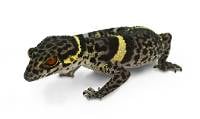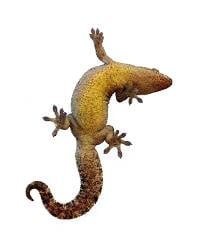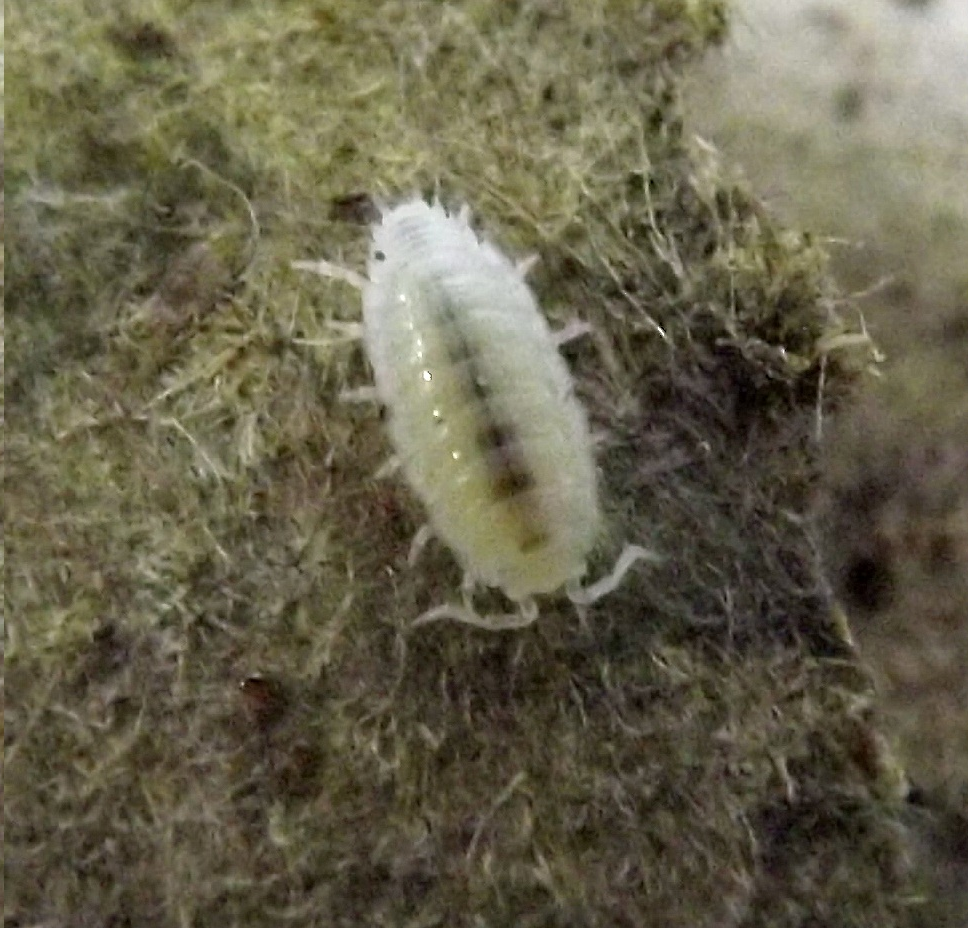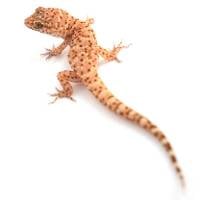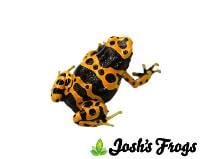Josh's Frogs
Why you should buy from us
Viper Gecko - Hemidactylus imbricatus (Captive Bred)
Viper Gecko - Hemidactylus imbricatus (Captive Bred)
$99.99
Quantity Price Breaks
| Quantity | Price |
|---|---|
| 1+ | $99.99 |
| 4+ | $59.99 |
About This Product
NOTE: THESE ANIMALS CANNOT BE SEXED AT TIME OF SALE.
Defining Characteristics:
- Small desert species
- Terrestrial
- Nocturnal
- Communal--can be kept in groups!
- Easy to keep and breed
- Very unique patterns
Name: Hemidactylus imbricatus, commonly known as the Viper Gecko because it has keeled scales like a viper, or as the turnip-tailed or carrot-tailed gecko, due to its conspicuously thick tail in which it stores fat. Many refer to them by their previous classification, Teratolepis fasciata, however, they were re-classified as Hemidactylus imbricatus when the Teratolepis genus was combined withHemidactylus in 2008.
Recommended Enclosure Size & Setup: An 18x18x12 enclosure can house 3-5 animals, with larger enclosures housing more geckos. As a communal species, males and females can be kept together in groups.
Sand/ABG or sand/coco fiber blends work well as a substrate. A semi-arid bioactive setup is strongly recommended.
Numerous hides should be provided; slate, cork flats, live oak bark, or even everyday items like overturned planter saucers work well. Low climbing materials like rocks, driftwood, cork bark, manzanita branches, and other rough surfaces can be added. Viper geckos like to dig, so heavy items should be supported by the bottom of the enclosure and not by the substrate.
Check out our Viper Gecko Habitat Kits!
Temperature (°F) & Lighting: Keep viper geckos at 75-85°. Provide a basking spot of about 95 degrees, maintained with a basking bulb. Mini halogen bulbs work well for small enclosures. Do not allow ambient temperatures to rise above 100°. Temperature should be monitored with a digital thermometer, and the basking spot can be checked with an infrared thermometer or temperature gun. Night temperatures can drop to 68°F.
UV light is not required for this nocturnal species, however all reptiles benefit from it and it is recommended. Not only will they synthesize D3 from ambient UVB radiation and incidental exposure, but they will also use the UVA wavelengths visible to all reptiles to properly inform basking behavior and circadian rhythm. UV lighting should be focused on their basking site and feature Ferguson zone 1 levels of UV radiation. Animals should also be provided opportunities to escape from UV exposure throughout the rest of their enclosure.
A great basic lighting combo for this species is Zoo Med's Mini Combo Deep Dome Lamp Fixture with a nano halogen heat lamp & UVB tropical compact fluorescent bulb.
If you'd like to use a more advanced lighting setup, we highly recommend the VivTech First Call SurSun LED UVA/UVB Bulb (3 watt) in lieu of the compact fluorescent bulb linked previously, and the addition of a Josh's Frogs Green Gro LED light fixture. Make your life easier by plugging your lights into the Zilla 24/7 Digital Timer Power Center!
Humidity: Keep Viper Geckos at 40-50% humidity. It is essential that Viper Geckos have access to very humid microclimates; a humid hide works well, but a substrate that dries out on top and holds moisture underneath is better. Ambient humidity should be monitored with a digital hygrometer.
Viper geckos should be misted two to three times a week to provide droplets on enclosure walls and cage items from which they can drink, but enough ventilation should be provided to allow the surface of the substrate to dry out within a few hours. A shallow water dish can be provided but is not necessary with regular misting. Don't forget the dechlorinator for your water!
Size: Viper Geckos are at least an inch long when sold by Josh’s Frogs. Adults reach around 3 to 3.5 inches.
Age: Viper Geckos sold by Josh’s Frogs are at least 6 weeks old. Viper geckos can live up to 10-15 years in captivity.
Feeding: Viper Geckos sold by Josh’s Frogs are fed 1/8 inch crickets. Juveniles can also be fed extra small black soldier fly larvae and bean beetles.
Adults should be fed a staple of 1/4 - 1/2 inch crickets or dubia roaches, with black soldier fly larvae, waxworms, mealworms, and bean beetles making good treats.
All feeder insects should be gutloaded and dusted with vitamin/mineral supplements, and can be offered in a food dish.
Sexing: THESE CANNOT BE SEXED AT TIME OF SALE.
Juvenile viper geckos already start showing differences in femoral pore development. Adults can easily be sexed by the presence of strong femoral pores and a hemipenal bulge at the base of the tail in males. Individuals sold by Josh’s Frogs are sexed by their femoral pores, but sexing them at their juvenile stage does not allow us to guarantee male or female.
Color/Pattern: Viper Geckos exhibit a unique ladder pattern with black, grey, beige, and white colors. Their intricate patterning and keeled scales give them a very unique and beautiful look. Hatchlings do not differ much from adults.
Social Behavior: Viper geckos are a communal species; males and females can be housed together with no issues. However, breeding individuals can suffer from a prolonged breeding season. See the 'Breeding' section below.
Breeding: A brumation period in the winter or longer days in the summer will help incite breeding. Females will lay pairs of eggs in the substrate (or a humid hide, if one is provided) every 2-3 weeks. Eggs hatch within 60-80 days.
Keep in mind that breeding individuals can suffer from a prolonged breeding season. Females should be provided with plenty of calcium, and individuals experiencing weight loss should be removed from the breeding group to recover.
Natural Range: Viper Geckos are primarily endemic to the coastal regions and river deltas of Pakistan, so although they live on what is primarily a highly arid region, they are exposed to higher amounts of humidity than is typical for the country, and additionally seek out more humid microclimates.
History in the Hobby: Once very popular in the hobby, their prices dropped until they began to lose popularity, and they have since become rare in the hobby. At Josh’s Frogs, we are excited to help this charismatic desert species become regularly available!
Still not sure if viper geckos from Josh's Frogs are the right pet for you? Read the reviews below and see what other customers are saying!
Shipping
After placing an order containing a live animal, you will receive a scheduling email containing our JotForm scheduling link to schedule your new pet's delivery date.
With this scheduling link, you will be able to schedule your order's delivery up to 30 days in advance. You will be able to choose a date of delivery for Tuesday-Saturday (Saturday arrival depends on the carrier's service availability) with the estimated time of arrival generally being 12pm, or 4:30pm for more rural areas. Overnight lows must be above 40°F to ship directly to you (or above 30°F for FedEx Ship Center/UPS Customer Center pickups) as well as below 90°F by estimated time of arrival.
If you require further assistance, or prefer to talk to one of our Customer Service agents, please feel free to reach out to our [email protected] email or our phone line 1-800-691-8178.
Customer Reviews
Based on 3 reviews
Review data
5 star reviews
- 100%
4 star reviews
- 0%
3 star reviews
- 0%
2 star reviews
- 0%
1 star reviews
- 0%
Reviews
Sben013
Great little geckos!!
I ordered 4 of these little guys back in the summertime. They are SO fun to watch, very docile & hardy. Much to my surprise, I began to find eggs in the enclosure in October & promptly put them into an incubator. I had the first one hatch recently!
viper gecko
came in overnight
gecko came in quick and was stressed minimally
T-Swizzle
Healthy and Adorable
These little guys arrived timely and healthy. I have yet to find someone who sees these and doesn't think they're adorable. I had a lot of questions for Josh's Frogs before I purchased these and their support was quick and concise on answering those questions. I couldn't recommend these lizards or Josh's Frogs any higher.
Showing 1 to 3 of 3 results


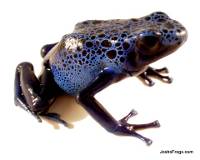
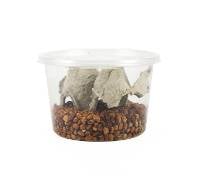
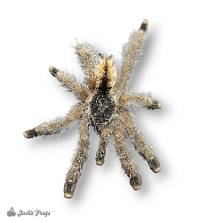
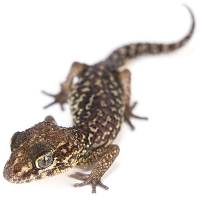

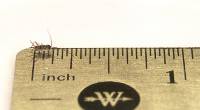
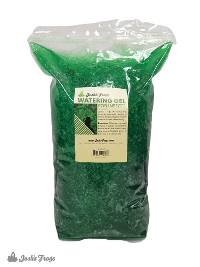
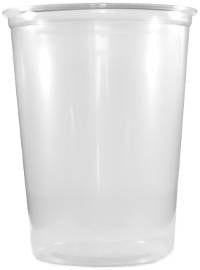
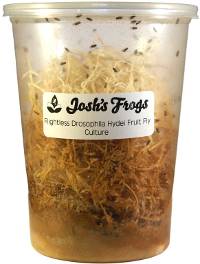
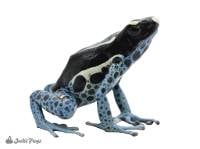
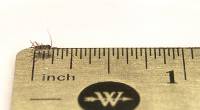

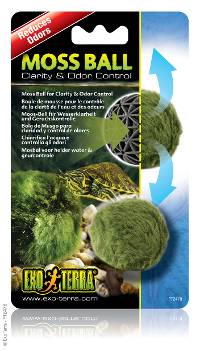
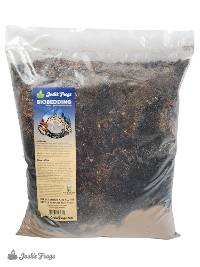
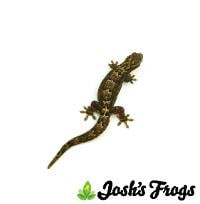
-1-a2bf6c72.jpg?width=200)
